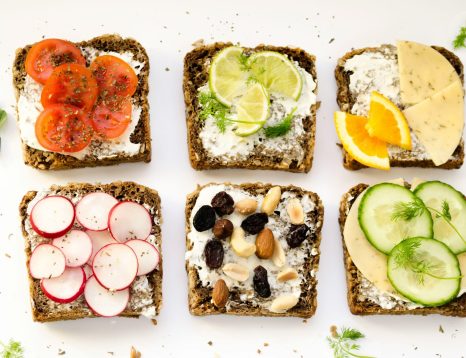
Cinnamon is grown by growing the tree for two years and then cutting the stalks at ground level. The following year, new shoots form and replace those that were cut.
The items that are often sold as cinnamon are:
-
Cinnamomum Cassia or Cassia, which is Chinese cinnamon, the most common type that we meet. It has a strong, spicy flavor and is commonly used in baked goods as it handles baking conditions well.
-
Cinnamomum Burmannii or Indonesian cinnamon.
-
Cinnamomum Loyreiroi or Vietnamese cinnamon.
-
Cinnamomum Verum or Ceylon cinnamon from which the essential oil is extracted Cinnamon Oil.
The nutritional value of the two types of cinnamon that are widely used (Cassia and Ceylon) are:
-
-
Nutritional Value per 100g
Ceylon CINNAMON
Cassia cinnamon
Energy 285,49
245,25
Proteins 4,99
4,10
Carbohydrates 58,3
47,25
Fat 4,69
4,65
Magnesium 60,71
74,89
Calcium 690,01
1157,36
Phosphorus 62,10
66,31
Iron 10,73
2,74
Copper 0,65
0,41
Zinc 0,33
0,35
Potassium 381,67
197
Sodium 27,64
18,76
Fiber 21,27
33,41
-
Its therapeutic properties are:
-
Aantimicrobial activity
- Antithrombotic action
- Diuretic action
- Anticonvulsant action
- Diuretic action
- Protects against ulcer
- It helps with digestion
- Improves glycemic control
- Helps regulate blood pressure
Contraindications:
- In large amounts, cinnamon can affect liver function
- In pregnancy, as cinnamon is a uterine stimulant
- Careful use by people with allergies
Sources: https://el.wikipedia.org/wiki/%CE%9A%CE%B1%CE%BD%CE%AD%CE%BB%CE%B1
https://www.mednutrition.gr/portal/lifestyle/diatrofi/9511-i-kanela-kai-oi-idiotites-tis-stin-ygeia










